In the ever-evolving textile landscape, microfiber fabric stands out as a remarkable innovation. Its unique properties and widespread applications have made it a favored choice across various industries.
What is Microfiber Fabric?
Microfiber fabric is a synthetic textile made from ultra-fine fibers, typically composed of polyester and polyamide. The term “micro” refers to the extremely small diameter of the fibers, which are finer than 1 denier or decitex per thread. To put it into perspective, these fibers are 1/100th the diameter of a human hair and 1/20th the diameter of a silk strand.
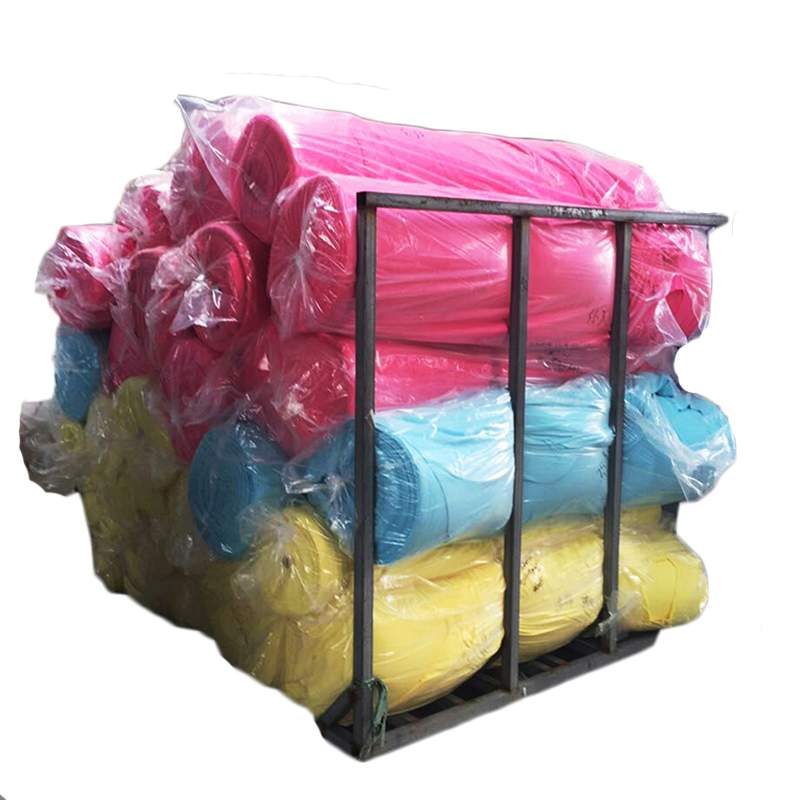
Key Properties of Microfiber Fabric
- Exceptional Durability: Despite its delicate feel, microfiber fabric is incredibly strong and resistant to tearing and abrasion. The tight weave of the fibers forms a robust material that ensures long-lasting use with minimal maintenance.
- Superior Absorbency: Microfiber fabric can absorb up to seven times its weight in liquid. The split fibers create a vast surface area with numerous tiny loops that effectively trap and retain dirt and liquids, making it highly efficient for cleaning tasks.
- Luxurious Softness: The ultra-fine fibers create a smooth and supple surface that feels gentle against the skin. It offers a softer and more comfortable alternative to traditional fabrics like cotton and wool, making it ideal for clothing items such as shirts, dresses, and scarves.
- Quick-Drying: Microfiber dries in one-third of the time of ordinary fibers, which is particularly advantageous for products like towels and sports apparel.
- Hypoallergenic: The tight weave prevents dust mites and allergens from penetrating, making microfiber fabric suitable for individuals with allergies or sensitive skin. It is a healthier option for bedding, clothing, and upholstery.
- Anti-static and Anti-microbial: Microfiber fabric resists static electricity and can be treated with anti-microbial agents to protect against bacteria that cause odors and mildew.
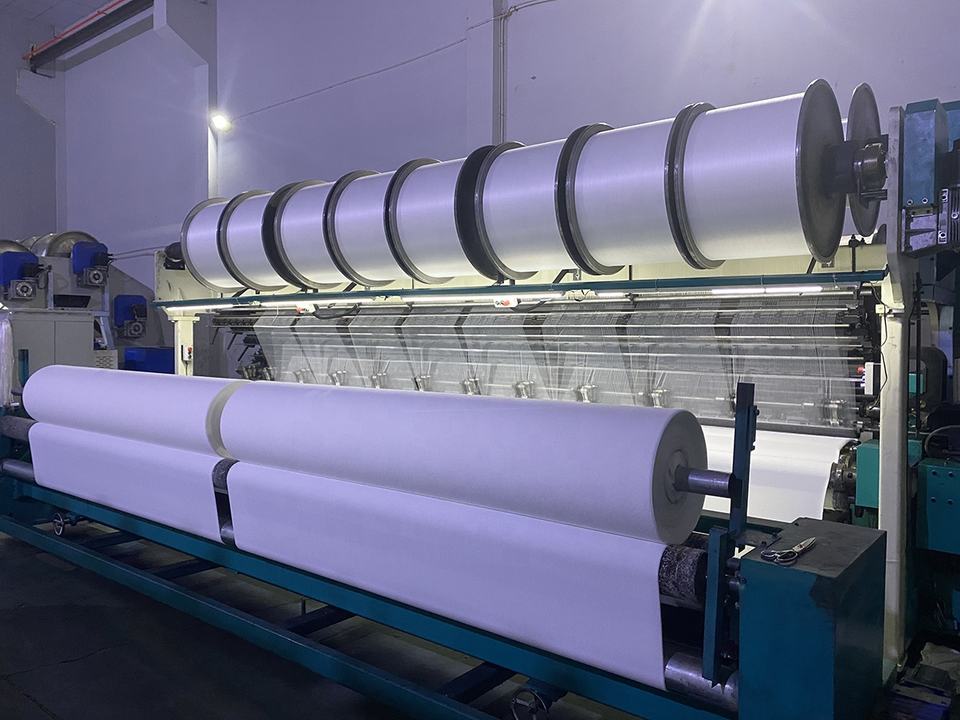
Types of Microfiber Fabric
-
Terry Microfiber: Featuring a terry weave, this type of microfiber is commonly used in towels. It is less frequently used in non-towel applications.
-
Waffle Weave Microfiber: Named for its raised grid-like pattern, waffle weave microfiber is uniquely suited for glass cleaning. The waffle pattern reduces surface contact, providing increased glide and reduced friction.
- Suede Microfiber: Designed to mimic the softness of suede, this type of microfiber has a remarkably low pile. It is ideal for cleaning glasses lenses and is also used in apparel, accessories, and upholstery.
-
Split-Weave Microfiber: During production, the fibers are split to form countless tiny loops on the fabric surface. This type of microfiber is highly absorbent and effective for cleaning applications. When touched, it clings to the skin.
-
Ultrasuede: One of the first microfiber products developed, ultrasuede competes with genuine suede leather. Its fibers are slightly thicker than those used in other microfiber fabrics but still fall under the microfiber category due to their diameter being under 1 denier.
-
Micromodal: Technically a type of microfiber due to its small fiber diameter, micromodal is a 100% polyamide fabric that serves as a softer and finer alternative to conventional modal fabric. It is stretchier and less durable than polyester-polyamide microfiber fabrics.
-
Prolen: A trademarked microfiber fabric made solely of polypropylene, Prolen can have either high or low elasticity and is softer than polyester-polyamide microfiber fabrics.
- Flat-Weave Microfiber: Known for its durability, flat-weave microfiber is softer and smoother than split-weave microfiber but less absorbent. It is commonly used in microfiber garments and accessories.
-
Chenille Microfiber: Characterized by thick, finger-like protrusions of fiber held together by a thin base fabric, chenille microfiber is almost exclusively used for cleaning applications such as sponges and car wash mitts.
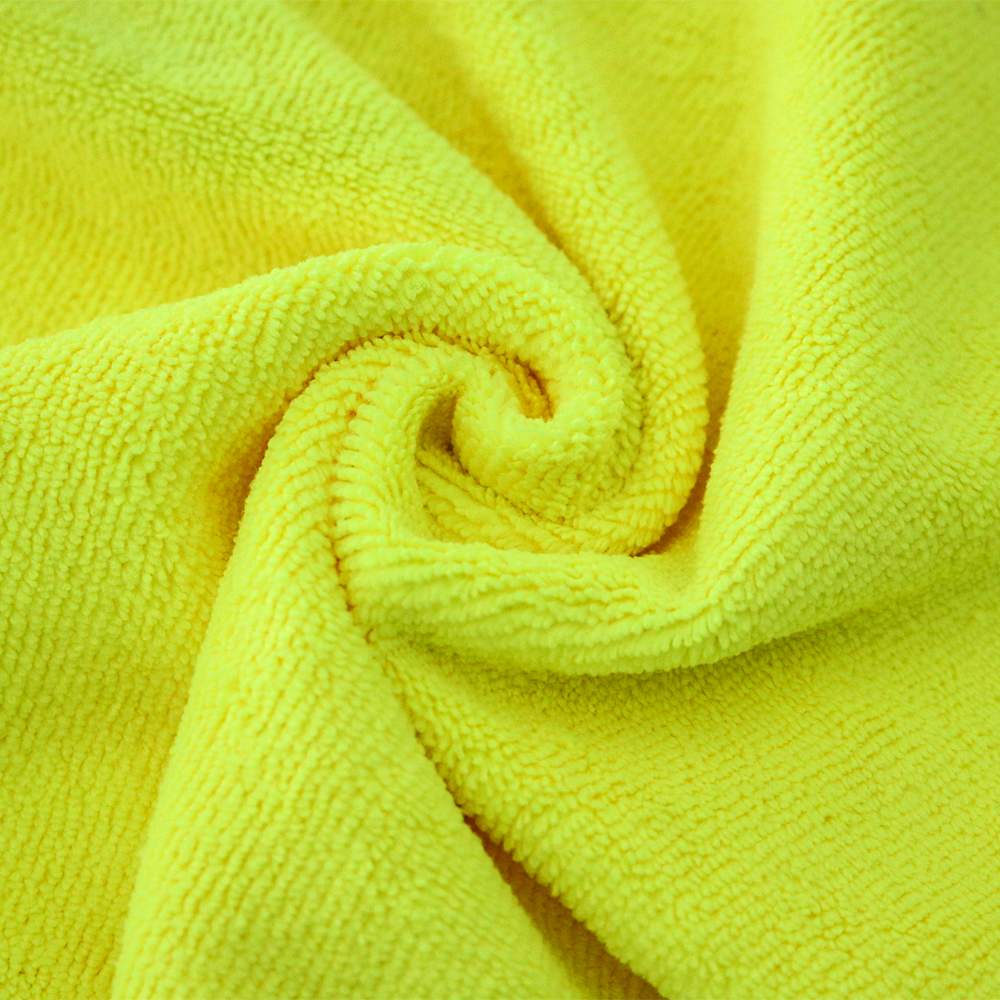
Applications of Microfiber Fabric
-
Cleaning Products: Microfiber cleaning cloths are widely used for cleaning screens, lenses, floors, and surfaces. They effectively remove dirt, dust, and stains without leaving lint or scratches. Microfiber mops with Velcro backs can be easily attached to handles for convenient floor cleaning.
- Home Textiles: Microfiber fabric is commonly used in bedding, towels, and upholstery. Its hypoallergenic properties make it a healthy choice for bedding, while its absorbency and quick-drying characteristics enhance the performance of towels.
- Industrial Uses: Microfiber fabrics are employed in air filters, dust wipes, and industrial filtration systems due to their high surface area and ability to trap particles. They are also used in medical settings for applications requiring cleanliness and sterility.
-
Apparel: Due to its softness, comfort, durability, and breathable nature, microfiber fabric is used in various clothing items such as activewear, jackets, dresses, and scarves. It provides excellent insulation against wind, rain, and cold while allowing moisture to wick away from the body.
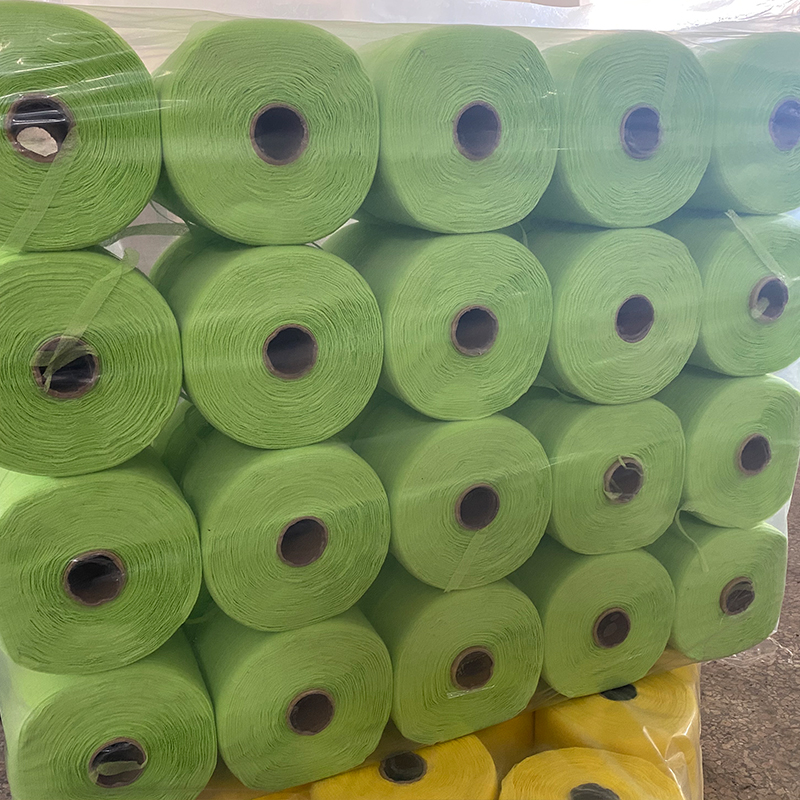
Environmental Considerations
While microfiber fabric offers numerous benefits, it is important to consider its environmental impact. Since it is a synthetic material derived from petroleum, the production of microfiber involves the consumption of non-renewable resources and the emission of greenhouse gases. Additionally, during washing and disposal, microfiber fabrics can release microplastic particles into the environment, contributing to plastic pollution. However, some efforts are being made to address these issues, such as developing more sustainable production methods and creating biodegradable microfiber alternatives.
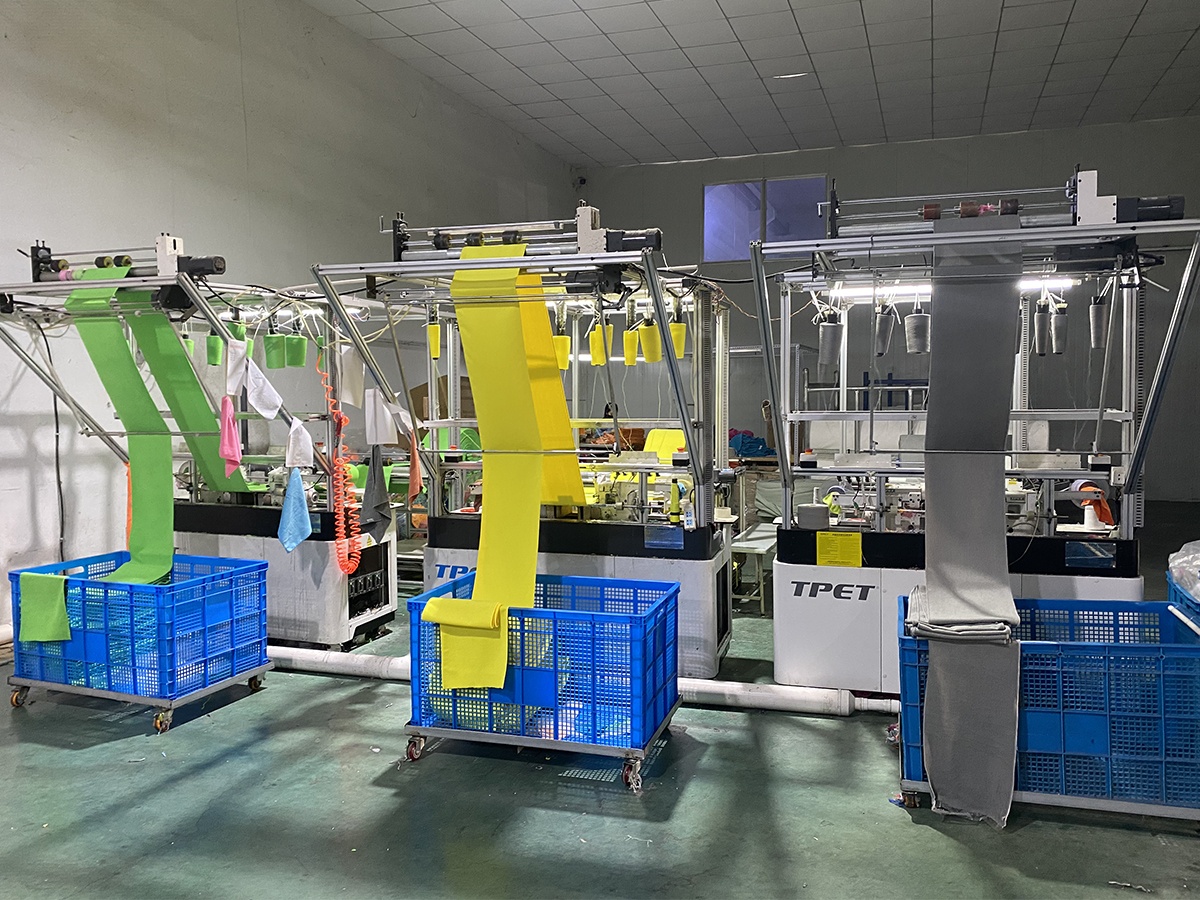
Conclusion
Microfiber fabric has revolutionized the textile industry with its exceptional properties and diverse applications. From cleaning products to apparel and home textiles, it continues to meet the needs of consumers and professionals alike. However, it is crucial to balance its advantages with environmental considerations and strive for more sustainable practices in its production and use. As technology advances, we can expect further innovations in microfiber fabric that will enhance its performance and minimize its environmental footprint.